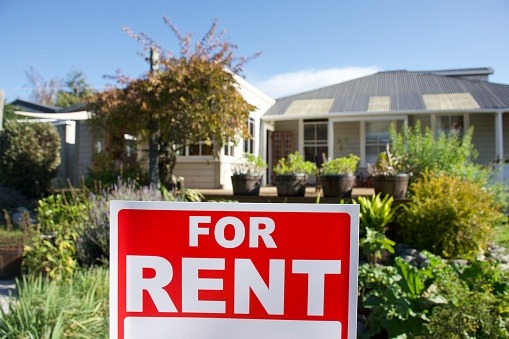Rental property is one of the most popular ways to build wealth and generate income in real estate.
Among the many types of real estate investment, rental properties are a popular option for those looking to generate passive income.
However, not all rental properties are equally profitable.
In this article, we’ll take a look at the factors that determine the profitability of rental properties and identify the type of rental property that is most likely to generate a high return on investment.
Factors that Affect Rental Property Profitability
Before we can identify the most profitable type of rental property, we need to understand the factors that affect rental property profitability.
Some of the key factors include:
- Location: The location of a rental property is one of the most important factors that affect its profitability. Properties located in desirable areas with high demand will typically command higher rents and appreciate in value over time.
- Condition: The condition of a rental property is also important. Properties that are well-maintained and have modern amenities are more likely to attract high-quality tenants and command higher rents.
- Property Type: The type of rental property also affects its profitability. Different types of properties have different expenses, cash flows, and investment requirements.
- Market Conditions: The state of the rental market also affects rental property profitability. A competitive rental market with high demand and low supply will drive up rents, while a soft market with low demand and high supply will depress rents.
With these factors in mind, let’s take a look at the types of rental properties and assess their profitability.
Single-Family Homes
Single-family homes are the most common type of rental property.
They are standalone properties that are rented out to a single tenant or family.
Also, single-family homes are a popular choice for investors because they are easy to find, easy to finance, and typically require less maintenance than multifamily properties.
Additionally, single-family homes offer a higher degree of privacy for tenants, which can be attractive to families.
The good thing is that single-family homes can be profitable rental properties if they are located in desirable areas with high demand.
However, they also have some drawbacks.
And what drawback exactly?
Single-family homes are typically more expensive to purchase than multifamily properties, which can make them less accessible to new investors.
Additionally, single-family homes are more vulnerable to vacancy than multifamily properties because they rely on a single tenant for income.
Also, single-family homes may require more maintenance and repair costs than multifamily properties because they have a larger footprint and more systems to maintain.
Multifamily Properties
Multifamily properties are buildings that contain multiple rental units.
They can range from duplexes and triplexes to large apartment complexes with hundreds of units.
Multifamily properties are attractive to investors because they offer economies of scale.
By owning multiple units in a single building, investors can spread out the risks of vacancy and maintenance costs across multiple tenants.
Additionally, multifamily properties can be more affordable to purchase than single-family homes on a per-unit basis.
The good thing is that multifamily properties can be very profitable rental properties if they are well-managed and located in desirable areas.
However, they also have some drawbacks.
Multifamily properties can require more management and maintenance than single-family homes because of the larger number of units and systems to maintain.
Additionally, multifamily properties may be subject to more regulations than single-family homes, such as rent control and zoning restrictions.
Condominiums
Condominiums are individual units within a larger building that are owned by individual investors.
These can be attractive rental properties because they offer the potential for appreciation in value and are typically located in desirable urban areas with high demand.
Additionally, condominiums may have lower maintenance costs than single-family homes because the condominium association is responsible for maintaining common areas and building systems.
However, condominiums also have some drawbacks as rental properties.
Condominiums may have higher association fees than other types of properties.
Conclusion
Now I believe you understand different types of rental properties.
No matter which one you are interested in they are always a good fit for investors.

